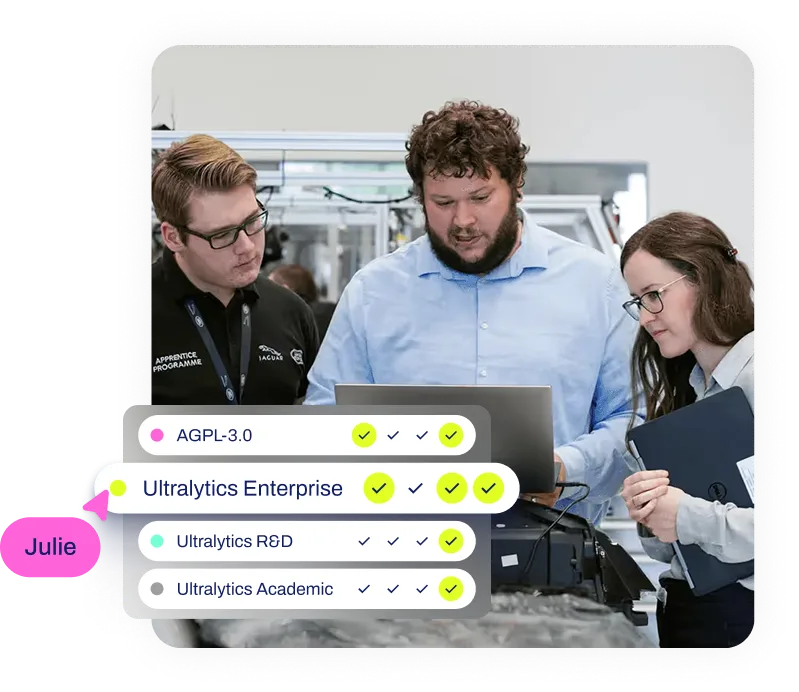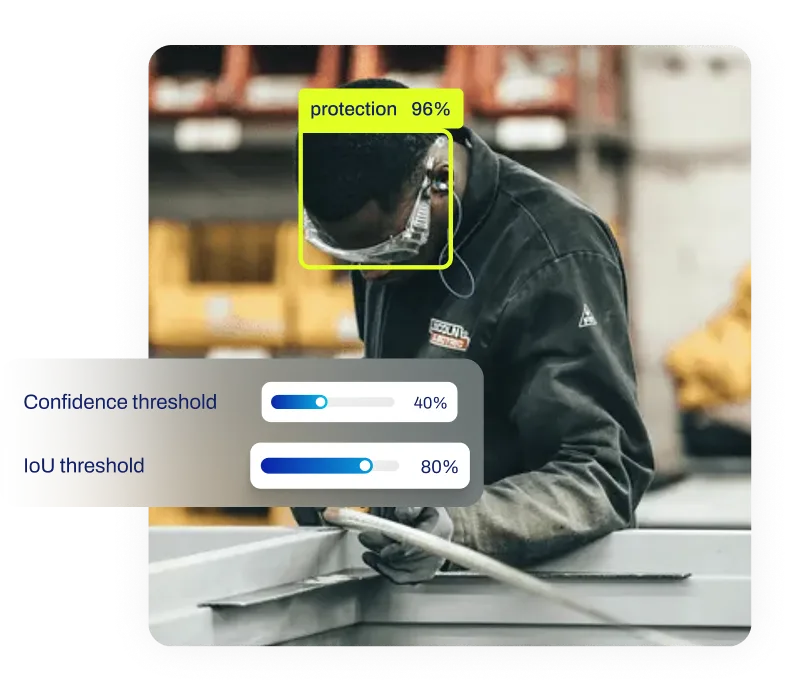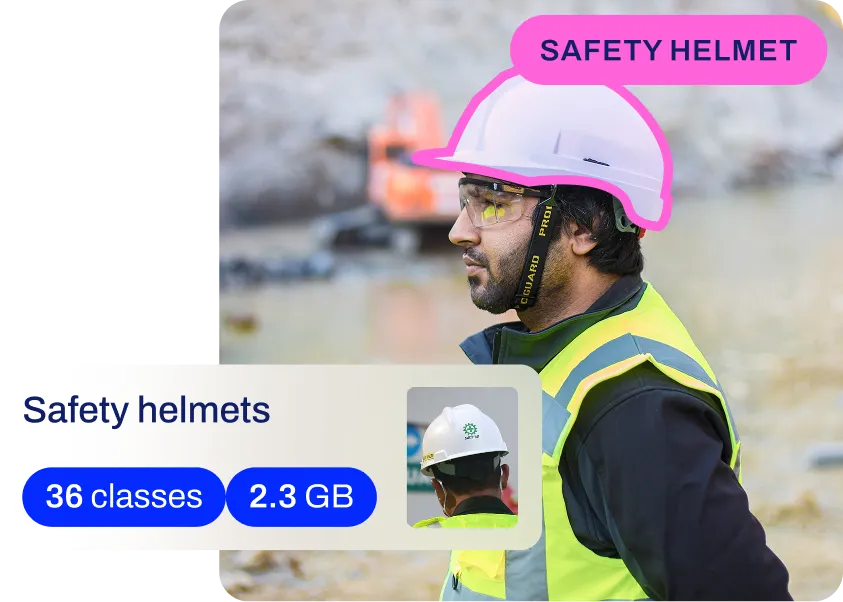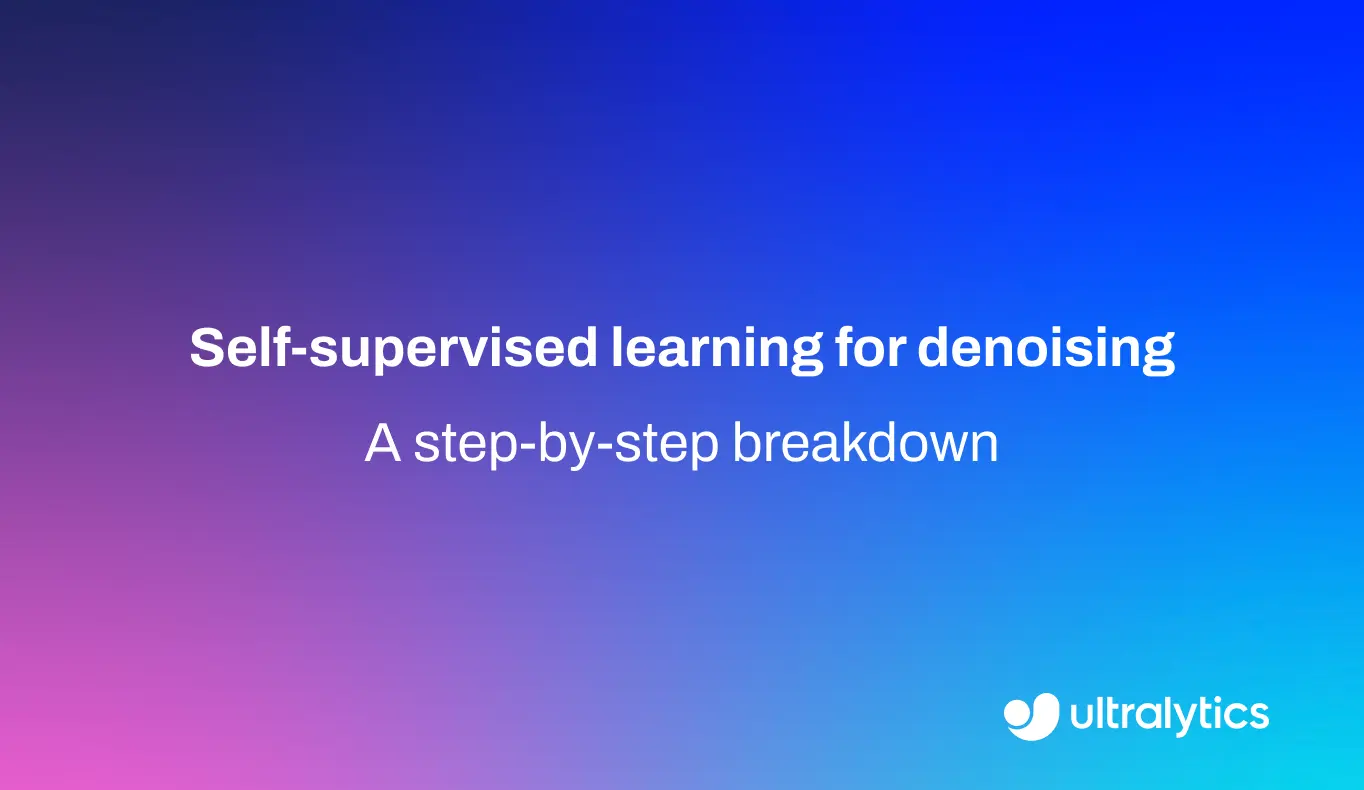Optical Character Recognition (OCR)
Discover how OCR converts images and PDFs into searchable, editable text using AI and YOLO11 for fast, accurate text detection and extraction.
Optical Character Recognition (OCR) is a pivotal technology within
computer vision that converts different types of
documents, such as scanned paper documents, PDF files, or images captured by a digital camera, into editable and
searchable data. By bridging the gap between physical paper and digital data, OCR enables machines to "read"
and process text in a way that was historically limited to human capability. While early iterations relied on simple
pattern matching, modern OCR leverages advanced
machine learning and
deep learning algorithms to handle complex fonts,
handwriting, and noisy backgrounds with remarkable precision.
The Mechanics of Modern OCR
Contemporary OCR systems function as a multi-stage pipeline that transforms raw visual input into structured
information. This process has evolved significantly from rigid template matching to flexible, AI-driven approaches.
Real-World AI Applications
The integration of OCR with other AI disciplines has led to widespread automation across various industries.
Automated Number Plate Recognition (ANPR)
In smart city infrastructure, OCR is the engine behind
Automated Number Plate Recognition. An object detector first identifies the vehicle and the license plate within a video frame. Subsequently, OCR
algorithms extract the alphanumeric characters to cross-reference them with databases for toll collection or
security monitoring. This requires
real-time inference capabilities to process
high-speed traffic data.
Intelligent Document Processing (IDP)
Financial and legal sectors utilize OCR for
smart document analysis. Instead of manual data entry, AI systems scan invoices, receipts, and contracts. By combining OCR with
Named Entity Recognition (NER), these
systems can automatically extract specific fields like dates, vendor names, and total amounts, significantly reducing
administrative overhead and inference latency.
OCR vs. Image Classification
It is important to distinguish OCR from
image classification. While image
classification categorizes an entire image (e.g., labeling an image as "document" or "street
sign"), OCR is granular; it locates and identifies the specific sequence of characters within that
image. Similarly, OCR differs from standard object detection,
which might find a "stop sign" as an object class, whereas OCR would read the letters "S-T-O-P" on
the sign.
Implementing Text Detection with YOLO11
A common workflow uses a YOLO model to detect text regions before passing them to a recognition engine (like the
open-source Tesseract OCR engine). The following example
demonstrates how to load a pre-trained model to detect objects that typically contain text, such as license plates or
traffic signs.
from ultralytics import YOLO
# Load the YOLO11 model pre-trained on COCO dataset
model = YOLO("yolo11n.pt")
# Perform inference on an image containing text objects (e.g., a street sign)
# The model detects the object, allowing a secondary OCR step to crop and read it
results = model.predict(source="path/to/street_sign.jpg", save=True)
# Display the detected class names (e.g., 'stop sign')
for r in results:
print(f"Detected classes: {r.boxes.cls}")
Further Reading and Resources
To explore the foundational datasets that drove early OCR research, the
MNIST database of handwritten digits
is a classic resource. For those interested in the evolution of the technology, the history of the
Tesseract project provides insight into open-source
contributions. Modern cloud-based solutions like
Google Cloud Vision API and
Amazon Textract represent the current state-of-the-art in managed OCR
services. Additionally, research into Scene Text Recognition continues
to push boundaries, enabling AI to read text in unconstrained, "wild" environments.











.webp)
